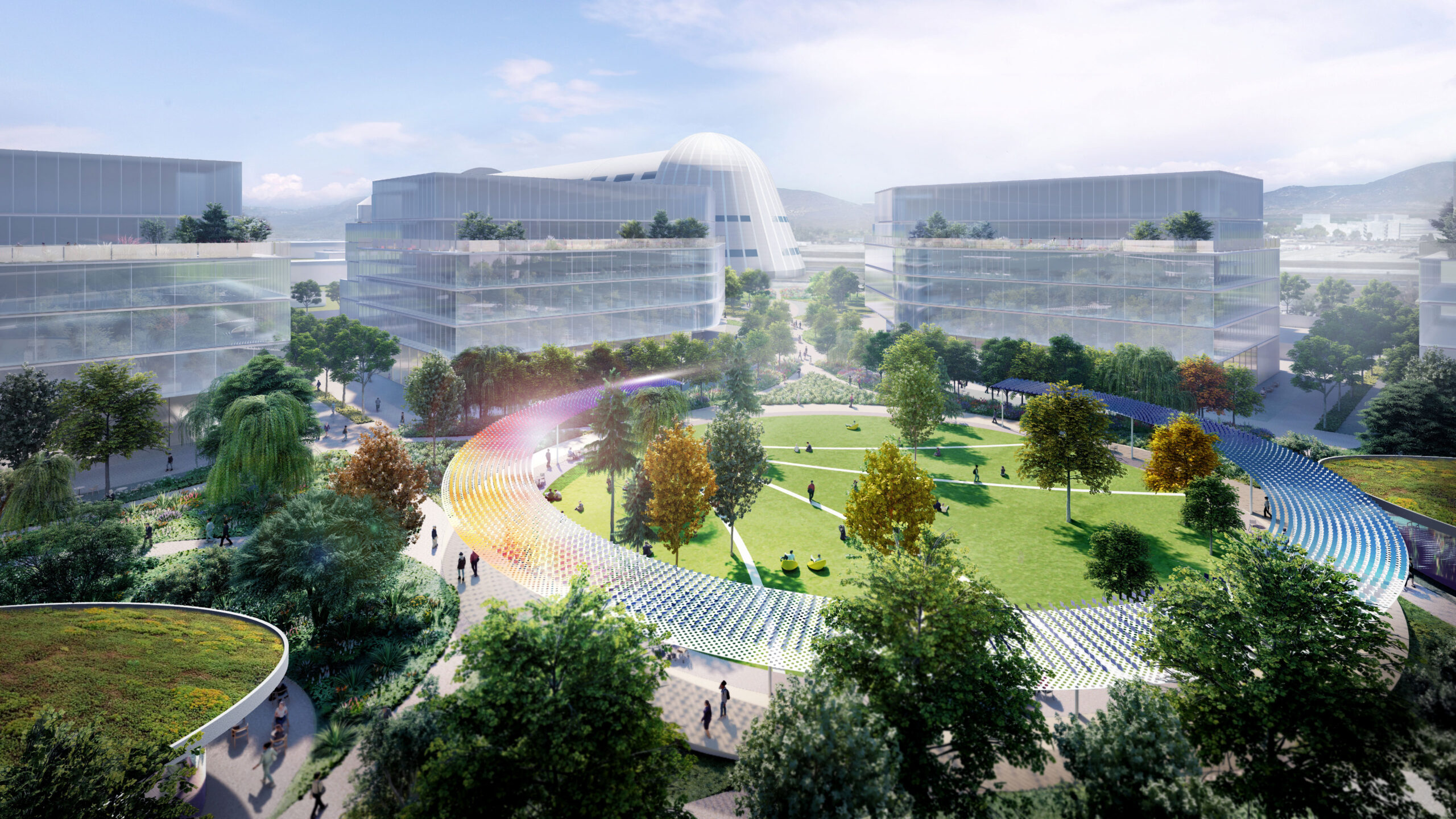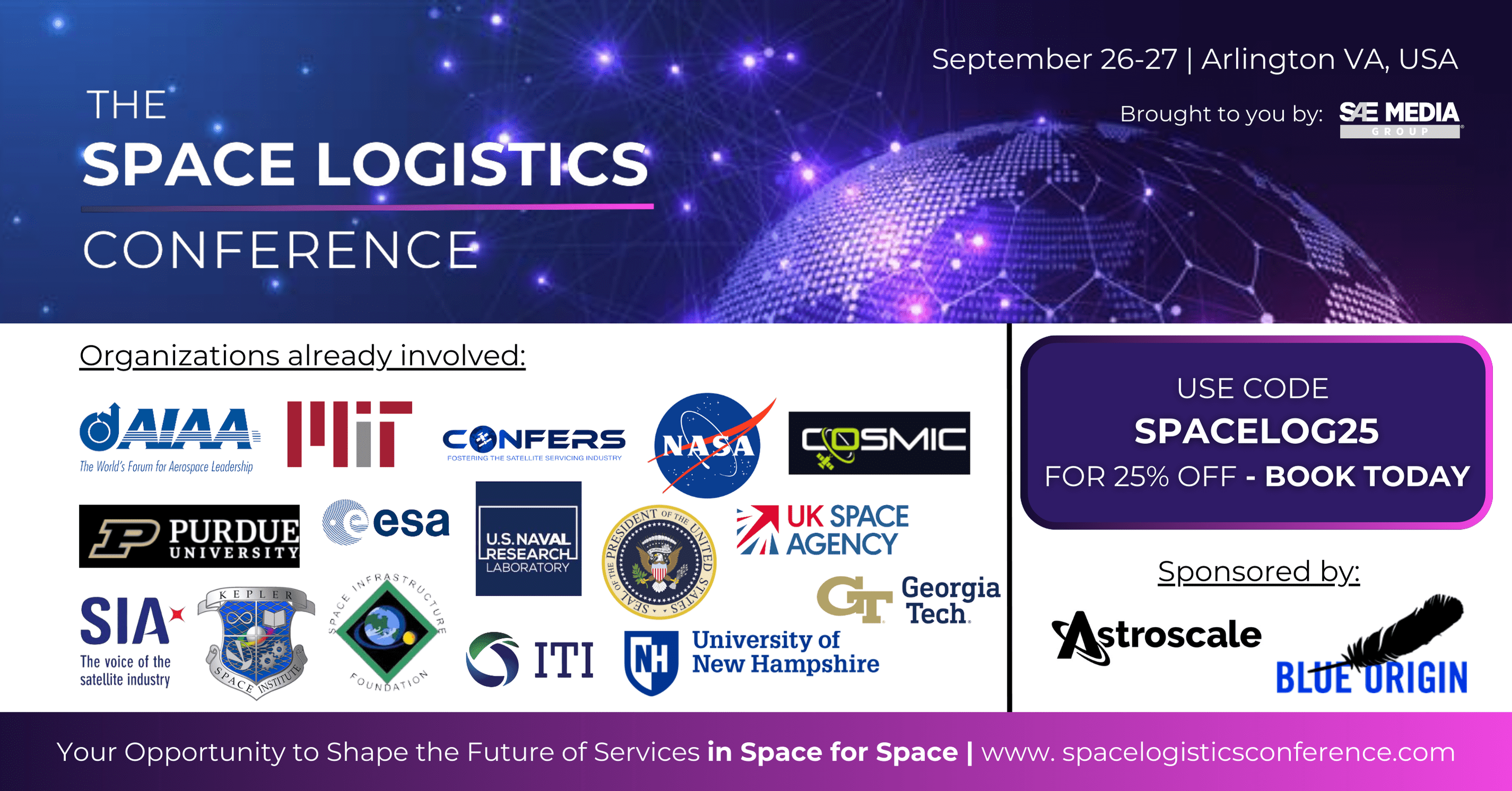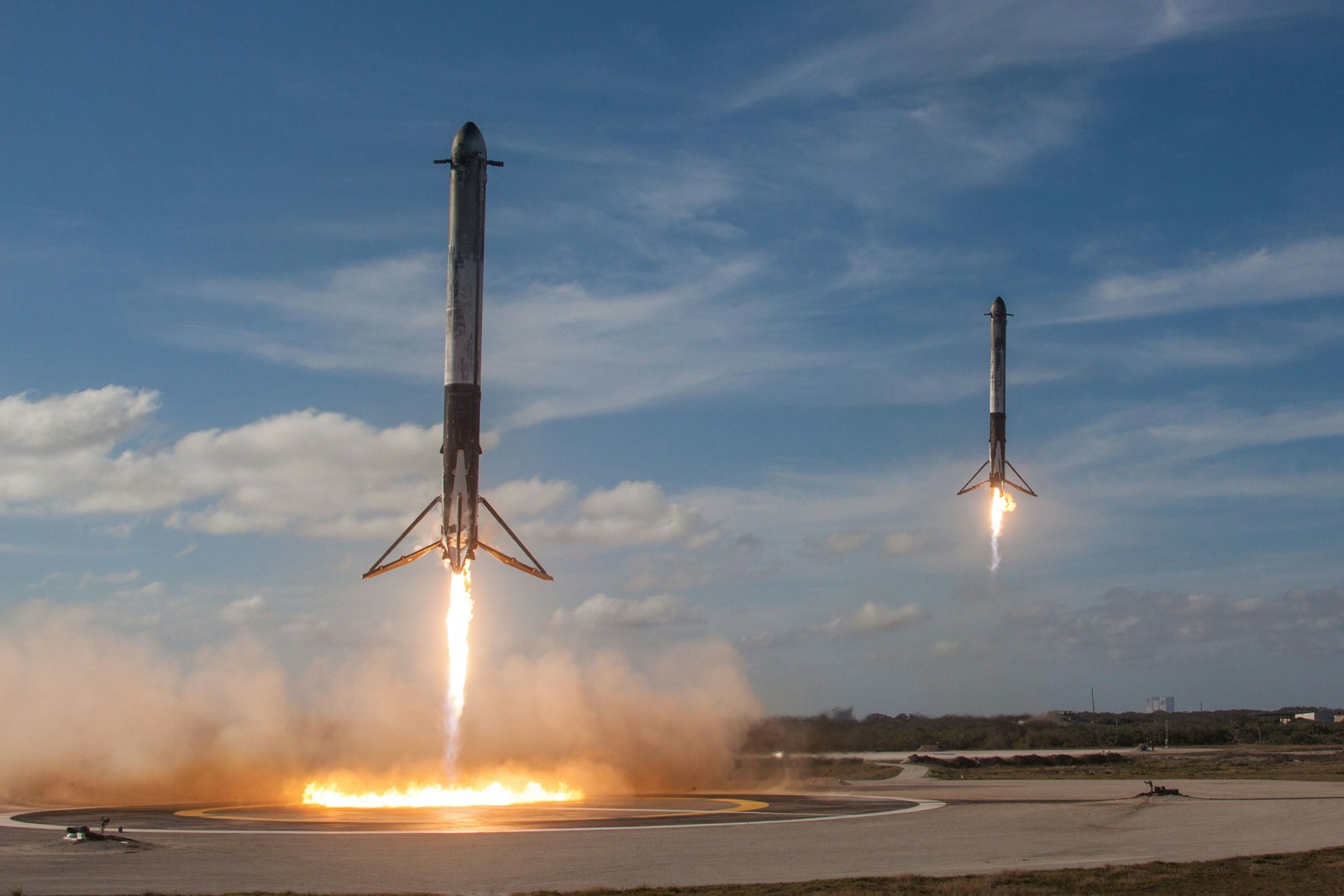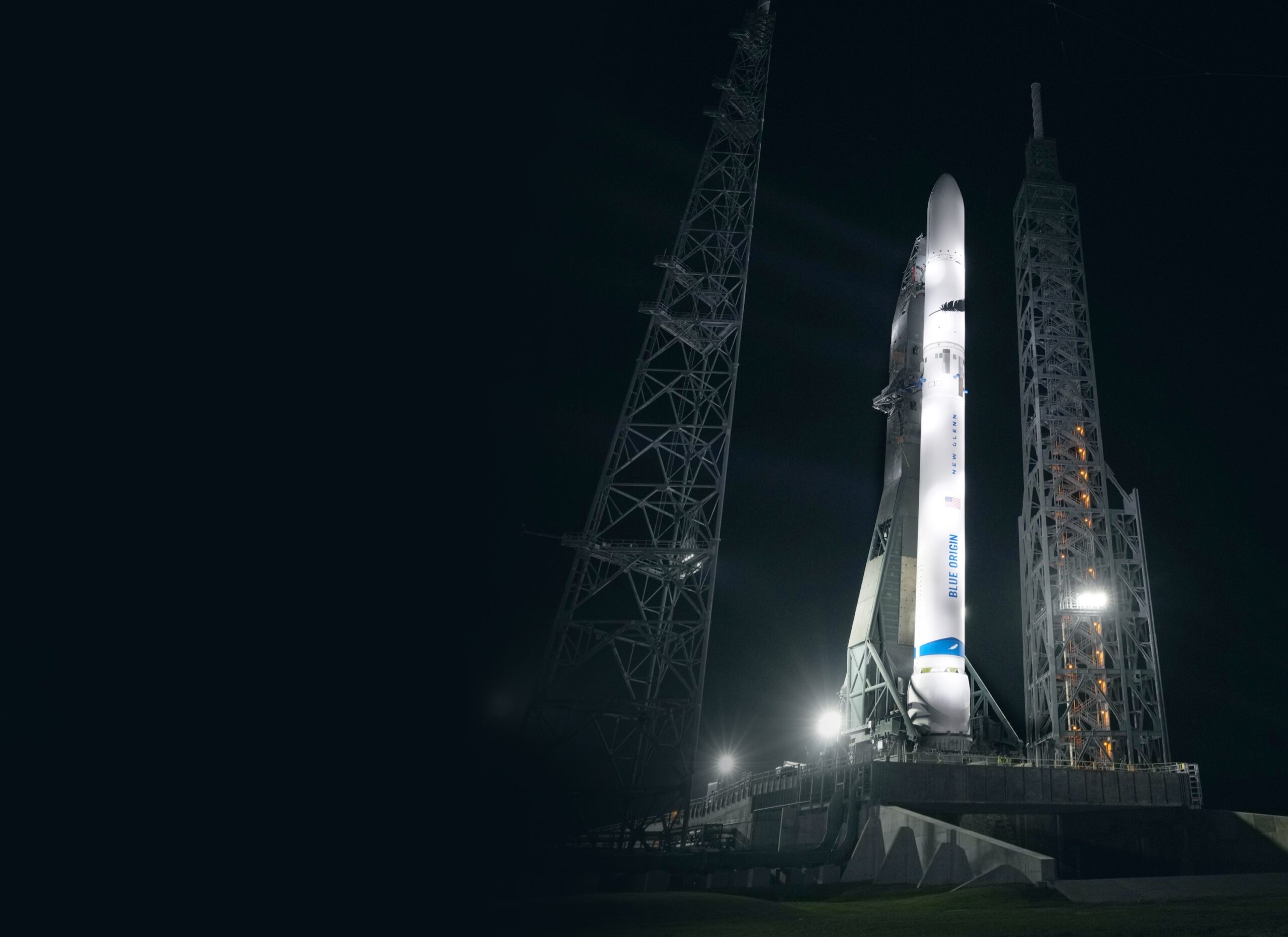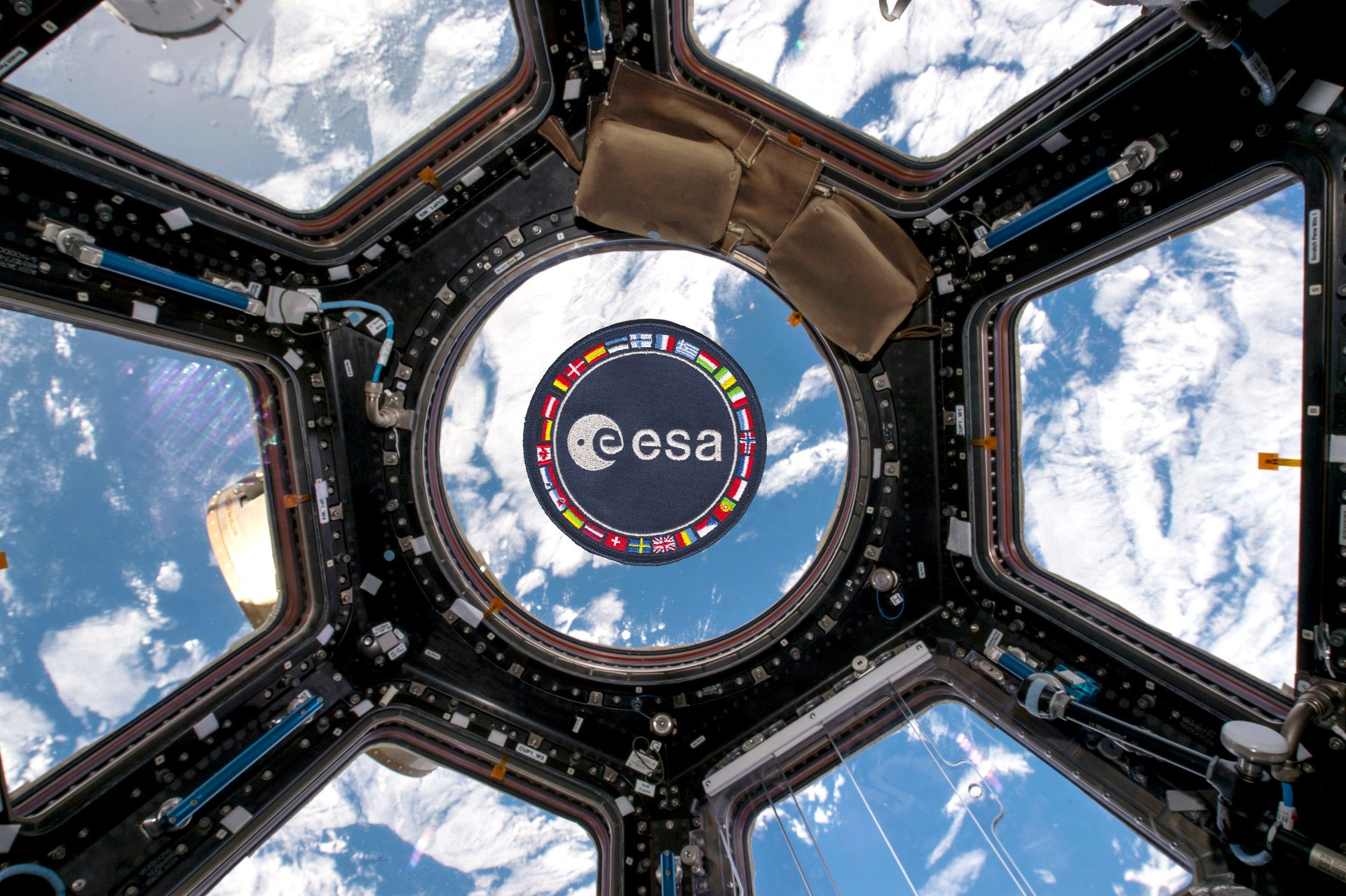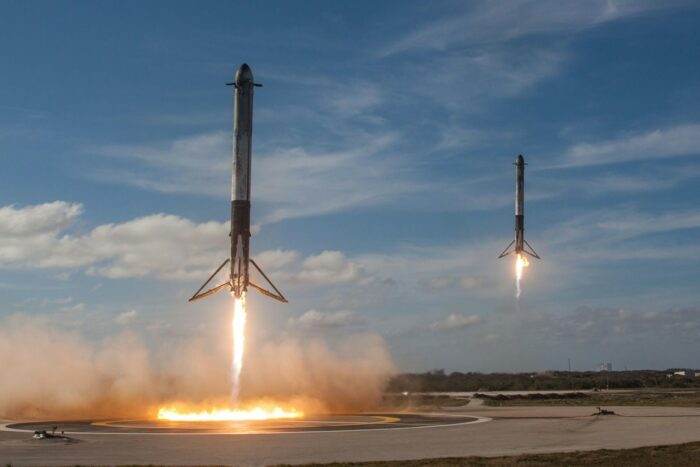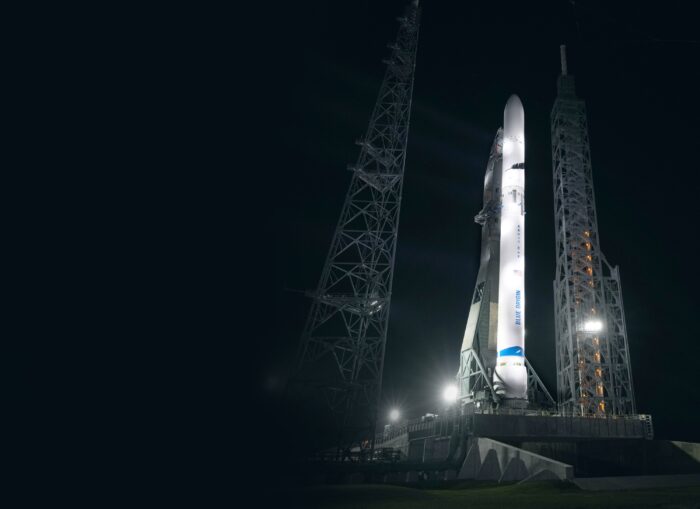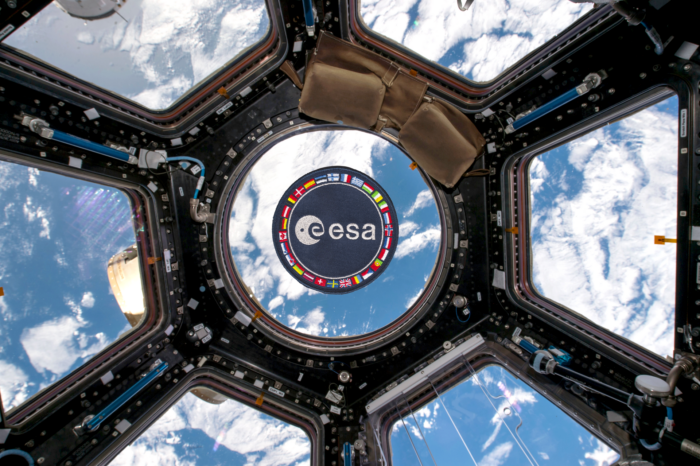Space Impulse Brief:
- A joint venture between The University of California, Berkeley (“UC Berkeley”) and San Francisco-based SKS Partners (“SKS”), today unveiled Berkeley Space Center at NASA Research Park (“Berkeley Space Center”), a planned 36-acre innovation hub in the heart of Silicon Valley.
- The joint venture is dedicated to identifying, incubating and launching technological breakthroughs across a diverse set of fields including astronautics, quantum computing, climate studies and the social sciences.
- Berkeley Space Center would be designed from the ground up to foster a collaborative environment with the critical mass and infrastructure needed to expand the frontiers of knowledge and develop tomorrow’s defining technologies.
PRESS RELEASE — Moffett Field, California / October 16, 2023 — A joint venture between The University of California, Berkeley (“UC Berkeley”) and San Francisco-based SKS Partners (“SKS”), today unveiled Berkeley Space Center at NASA Research Park (“Berkeley Space Center”), a planned 36-acre innovation hub in the heart of Silicon Valley. As envisioned, the multi-phase development would accelerate the area’s existing innovation ecosystem, catalyzing deeper collaboration between the private, academic and governmental sectors. The joint venture is dedicated to identifying, incubating and launching technological breakthroughs across a diverse set of fields including astronautics, quantum computing, climate studies and the social sciences.
Located within NASA’s Ames Research Center’s NASA Research Park, Berkeley Space Center would be designed from the ground up to foster a collaborative environment with the critical mass and infrastructure needed to expand the frontiers of knowledge and develop tomorrow’s defining technologies. Overall, the development is expected to generate considerable employment opportunities, including more than 6,000 advanced R&D positions.
With a focus on high-growth, high-impact sectors, Berkeley Space Center aims to further cement the State of California as a global innovation leader.
“California’s innovation and drive is not limited to Earth,” said California Governor Gavin Newsom. “Berkeley Space Center will help lead the state’s space tech development by bringing together top space leaders in academia, government, and industry to foster new technologies and breakthroughs.”
BUILT FOR DREAMERS AND DOERS
Berkeley Space Center’s proposed master plan1 currently features 1.4 million square feet of Class-A office and R&D space, including wet and dry labs; as well as conference space, academic facilities and retail amenities. The site’s current plans would also offer nearly 18 acres of open space, including outdoor working yards and a central green area which would serve as a flexible platform for community gatherings, activations and exhibitions. Later phases of the project would include short-term stay facilities, and student and faculty housing.
The site plan prioritizes density, efficiency, and diversity of uses for tenants, with all designs geared to ensure a high level of environmental sustainability. Final leasable space is dependent on the final resolution of the master plan and environmental approvals.
Beyond on-site features, users of Berkeley Space Center – including established and start-up companies, researchers and scientists, as well as students and faculty – would benefit from proximity to NASA’s Ames Research Center. Focused on conducting world-class research and development in aeronautics and exploration technology since 1939, NASA’s Ames Research Center features the world’s largest wind tunnel, which is capable of simulating gusts up to 100 knots, as well as The NASA Advanced Supercomputing Division, Arc Jet Complex and NASA’s Vertical Motion Simulator (VMS).
ENVISIONED BY A WORLD-CLASS TEAM
Berkeley Space Center would build on and advance the University’s three-part mission of education, research, and public service, while taking advantage of the campus’ academic excellence and leadership in emerging fields of inquiry and exploration.
“This planned expansion of Berkeley’s physical footprint and academic reach represents a fantastic and unprecedented opportunity for our students, faculty and the public we serve,” said UC Berkeley Chancellor Carol Christ. “We are thrilled by the prospect of new collaborations that can speed the translation of discoveries by our world-class research enterprise across a wide range of disciplines into the inventions, technologies, and services that will advance the greater good. This is a prime location and a prime time for this public university.”
From NASA’s perspective, the Berkeley Space Center development would fulfill a nearly 20-year vision for an interdisciplinary innovation hub on-site at NASA Research Park.
“For NASA, this partnership has the potential to advance world-class research in aviation and space, thus helping improve life here on Earth,” said Eugene Tu, Center Director at NASA’s Ames Research Center. “More importantly, Berkeley Space Center could also help inspire the next generation of explorers through future collaborations with the University’s students, faculty and partners.”
In addition to UC Berkeley and SKS Partners, the development team includes the following firms as co-master planners:
- HOK, a global design, architecture, engineering and planning firm known for its high-profile, large-scale projects, such as NOAA Daniel K. Inouye Regional Center in Pearl Harbor, HI and Marshall Space Flight Center in Huntsville, AL.
- Field Operations, an interdisciplinary urban design and landscape architecture firm, known for the High Line and Cornell Tech Campus in New York City and the Presidio Tunnel Tops in San Francisco.
UC Berkeley has, to date, contributed approximately $1 million to the Berkeley Space Center joint venture, in the form of salary for faculty, staff, and students working on the project and the academic planning related to the new research park. If the project is approved, Berkeley Space Center would likely incur annual expenses of approximately $750,000 to support the salaries of faculty, staff and students working on the project and at the site.
In return for its investment and partnership, the university would receive a portion of the revenues the real estate development is projected to generate. All told, the university estimates annual revenues of at least $40 million from multiple project-related sources, including grants, research funding, philanthropy, industry partners, fees and the income earned from the real estate revenue.
The priority for university revenues will be the funding of those expenditures needed to ensure Berkeley Space Center is self-sustaining, with any ancillary or secondary financial benefits extending to the core campus, its departments and colleges, and faculty and students. There is also likely to be additional financial benefits derived from the incubation and commercialization of emerging companies born from translation research and technology created at the site.
BUILDING A LOW-CARBON FUTURE
For the joint-venture partnership, Berkeley Space Center is an opportunity to redefine how large-scale developments are designed, constructed and managed not just from the ground up, but from the underground up. The grounds and the buildings would serve as a testbed to pioneer and advance novel low-carbon design and construction practices.
The development team of Berkeley Space Center has a growing list of ambitious environmental sustainability goals, which at present include:
- Pursuit of rigorous building certifications, both LEED and other
- Installation and use of alternative low-carbon energy sources, such as photo-voltaic panels for power generation in place of natural gas
- Diversion of the majority of on-site waste
- On-site treatment and retention of stormwater
- Use of recycled water for both landscaping and within buildings themselves
- Multiple modes of movement and transportation to and within the site, with a focus on pollution-free mobility
- Phytoremediation, whereby Berkeley Space Center’s landscape design and maintenance will heal groundwater aquifers
“Similar to how innovations in aerospace research pushed the physical boundaries of where humans can go, Berkeley Space Center aspires to establish new standards for how buildings are designed, constructed and operated to minimize the carbon impact,” said Dan Kingsley, Co-Founder and Managing Partner of SKS Partners. “UC Berkeley and SKS Partners share a commitment to building a carbon-free future for humanity, and Berkeley Space Center is the ideal incubator to develop new ideas to achieve that goal.”
PROJECT TIMELINE
The environmental entitlement process has commenced and is expected to last approximately two years, with construction tentatively scheduled to begin in 2026.
The joint-venture partnership has selected CBRE to market the R&D space for lease. The leasing team is ready to initiate discussions with prospective tenants interested in built-to-suit opportunities.
To learn more about Berkeley Space Center at NASA Research Park, including potential tenancy opportunities, please visit BerkeleySpaceCenter.com. For more on academic and research initiatives set to take place at the center, please click HERE.
Contact Information:
Media Contacts:
Antonio Hicks
Antenna Group
206-724-6789
[email protected]
Dan Mogulof
UC Berkeley
510-919-6954
[email protected]
SOURCE: Business Wire
Featured image: An overhead view of the 36-acre Berkeley Space Center. Credit: Business Wire
If you found this article to be informative, you can explore more current space industry news, exclusives, interviews, and podcasts.
Share this article:

